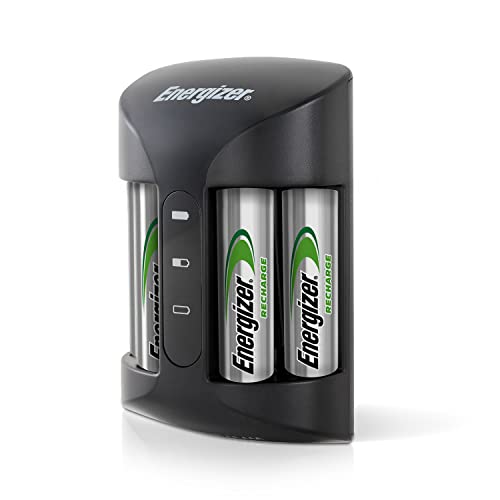[Portable Toilet 💩🧻 🚽]

Executive Summary

In this comprehensive guide to portable toilets, we delve into the various aspects, benefits, and considerations associated with these essential sanitation solutions. From their convenient use at outdoor events to their critical role in disaster relief, portable toilets have become an indispensable part of modern society.

Introduction
Portable toilets, often referred to as restrooms-on-the-go, have revolutionized the provision of sanitation facilities in both temporary and remote settings. Their versatility and adaptability make them the preferred choice for a wide range of applications, including construction sites, festivals, sporting events, and emergency situations. This guide explores the intricacies of portable toilets, empowering readers with the knowledge to make informed decisions while navigating the complexities of sanitation solutions.
FAQs
- What is the difference between a portable toilet and a restroom?
- Portable toilets are self-contained units designed for temporary use, while restrooms are permanent structures connected to plumbing and sewer systems.
- How often should a portable toilet be serviced?
- The frequency of servicing depends on usage and capacity. Regular servicing typically ranges from once a week to once a month.
- Can portable toilets be used in cold weather?
- Yes, insulated portable toilets with heaters can provide adequate sanitation in cold temperatures.
Subtopics
Construction and Materials
- Durable construction: Portable toilets are built to withstand the rigors of outdoor use, with materials such as polyethylene and fiberglass ensuring strength and longevity.
- Water-resistant design: The roof and walls are designed to prevent water penetration, providing protection from rain and other elements.
- Corrosion-resistant materials: Components exposed to moisture and chemicals are made from materials like stainless steel or aluminum to minimize corrosion.
Waste Management
- Self-contained system: Portable toilets contain a reservoir to collect waste, eliminating the need for external plumbing connections.
- Deodorizing chemicals: Chemicals are added to the waste reservoir to neutralize unpleasant odors and prevent the spread of bacteria.
- Biodegradable waste: Some models use biodegradable waste bags that break down naturally, reducing environmental impact.
Safety and Hygiene
- Hand sanitizer dispenser: Built-in hand sanitizer dispensers promote hygiene and prevent the spread of germs.
- Ventilation system: Adequate ventilation is essential to prevent odors and maintain a comfortable environment for users.
- Non-slip flooring: The flooring provides a secure surface to prevent slips and falls, especially in wet conditions.
Accessibility and Comfort
- Wheelchair accessibility: Ramps and wider doors allow for wheelchair access, ensuring inclusivity for all users.
- Comfortable seating: Ergonomic seats provide comfort, especially during prolonged use.
- Privacy and lighting: Individual cubicles with doors and lighting ensure privacy and safety for users.
Environmental Considerations
- Water conservation: Waterless or low-water-use portable toilets reduce water consumption, making them environmentally friendly.
- Biodegradable materials: Some components, such as waste bags and toilet paper, are made from biodegradable materials, minimizing environmental waste.
- Waste disposal: Proper waste disposal practices prevent contamination and protect the ecosystem.
Conclusion
Portable toilets have evolved from simple sanitation solutions to essential tools in various settings. Their convenience, versatility, and adaptability make them indispensable for maintaining hygiene and sanitation in temporary and remote areas. By understanding the construction, waste management, safety, accessibility, and environmental considerations associated with portable toilets, individuals and organizations can make informed decisions to meet their sanitation needs.
Keyword Tags
- Portable toilets
- Restroom-on-the-go
- Sanitation solutions
- Waste management
- Environmental considerations
Last updated on May 27, 2024 5:28 am



